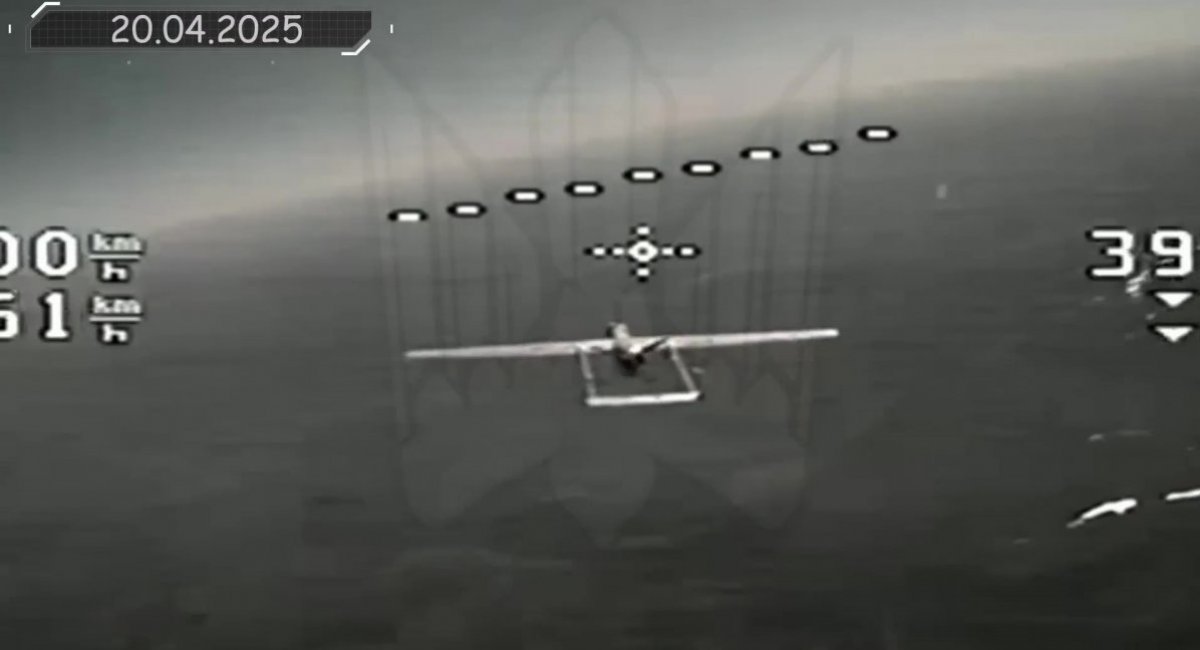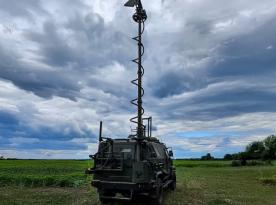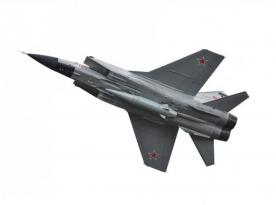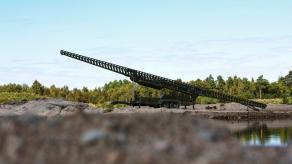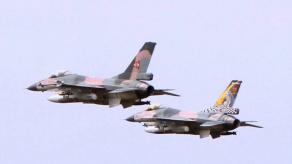Unprecedently high-altitude interception at approximately 4,000 meters above the ground was achieved by operators of Ukraine’s 414th Separate Unmanned Systems Brigade, better known as Magyar’s Birds. A video released on April 20 by the brigade commander Robert Brovdi shows the precise moment a Ukrainian anti-aircraft drone strikes the tail section of the Forpost-R midair.
According to Brovdi, the UAV was damaged and managed to glide back across the front line. However, the likelihood of a crash on landing remains high. This makes it a potential irreversible loss for russian forces.
Read more: What Unique Solutions Power the Ukrainian New Anti-Aircraft Drone Taking Down russian Shaheds?
The Forpost-R is one of the largest UAVs in the russian arsenal. It has a takeoff weight of about 500 kg, a wingspan of nearly 9 meters, and a length of 6 meters. Its sizable airframe allows it to carry a high-resolution camera, enabling reconnaissance missions at altitudes far above those of smaller drones such as the Orlan-10 or Zala (which typically operate below 1.5 km).
This successful intercept demonstrates that Ukrainian anti-aircraft drones are capable of targeting much larger aerial threats well above typical engagement elevations. At the same time, the fact that the Forpost-R was only damaged (rather than destroyed) suggests that the explosive payload of such interceptors may be insufficient to bring down big UAVs in a single hit.
The Forpost-R was originally derived from the Searcher II from Israel Aerospace Industries. In 2012, russia entered a license agreement to produce these UAVs domestically. Early versions were assembled using Israeli components, though. Following the introduction of international sanctions in 2014, russia announced the "import substitution" initiative to localize manufacturing.
By 2019, russia presented an upgraded Forpost-R equipped with domestically-made components and capable of deploying compact KAB-20S guided bombs with semi-active laser homing. Analyses of wreckage from previously downed Forpost drones revealed a broad use of civilian-grade Western electronics along with imported engines (notably the Australian Jabiru 2200 and the German 3W-55).
Despite russia’s reverse engineering and continued production of these systems after the license expired, neither the Israeli government nor Israel Aerospace Industries has publicly objected or pursued legal action.
Read more: Anti-Aircraft FPV Drones Have Potential Greater Than Traditional Air Defense Missiles




